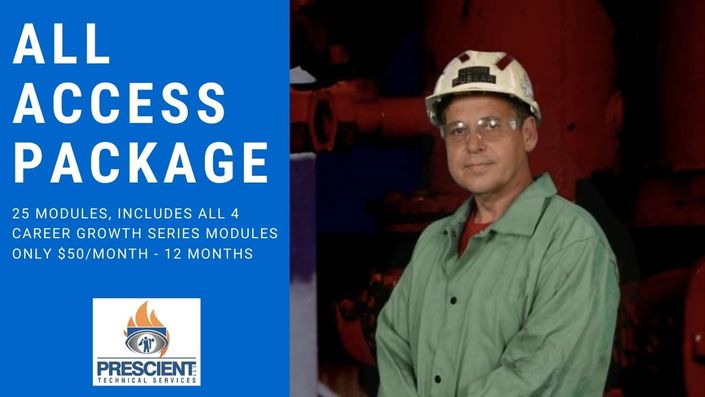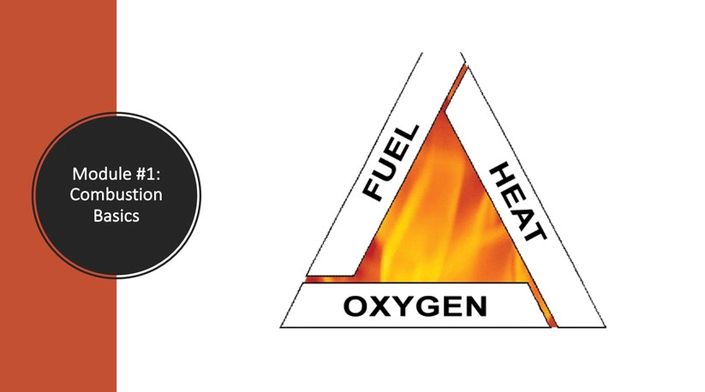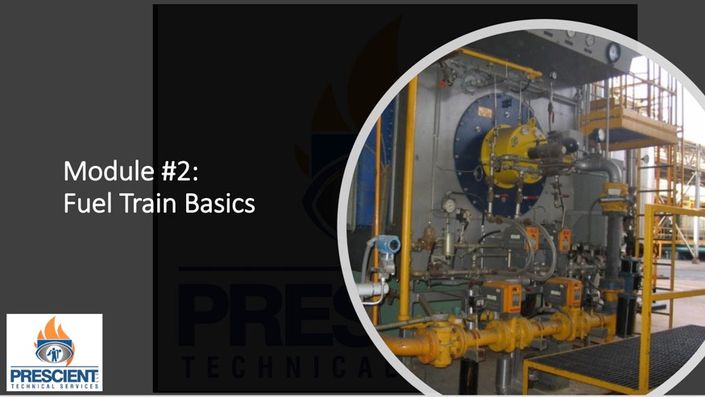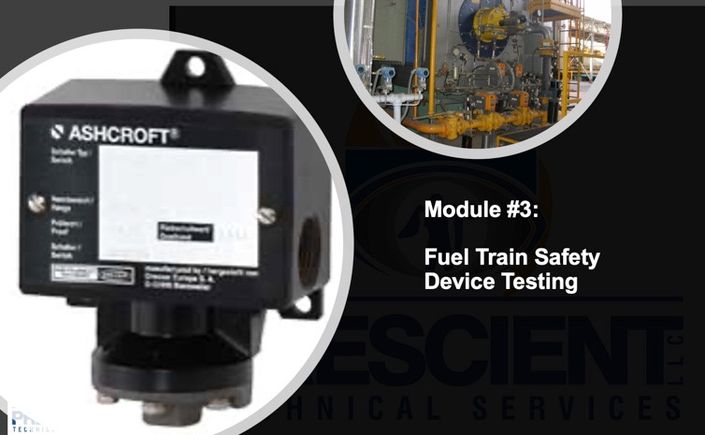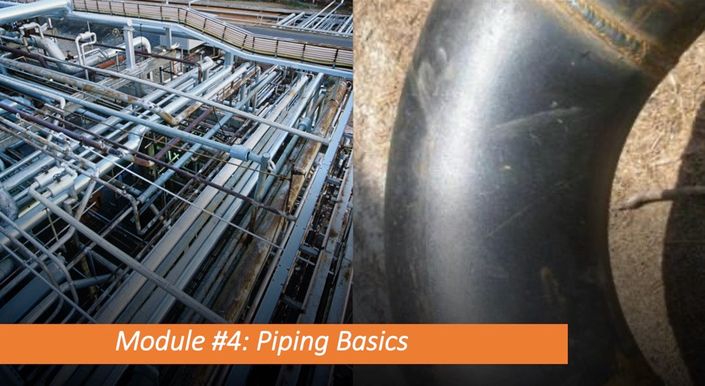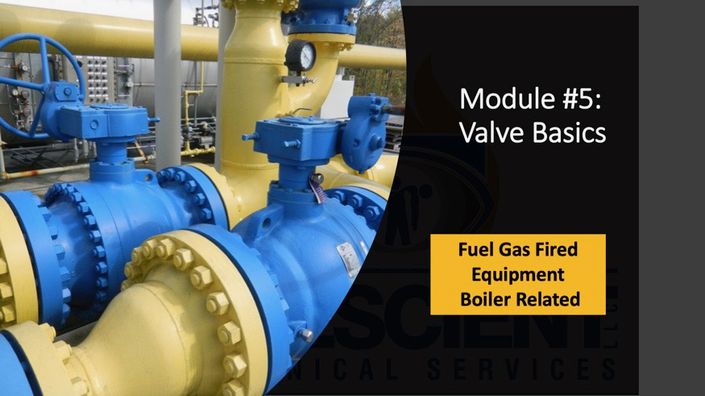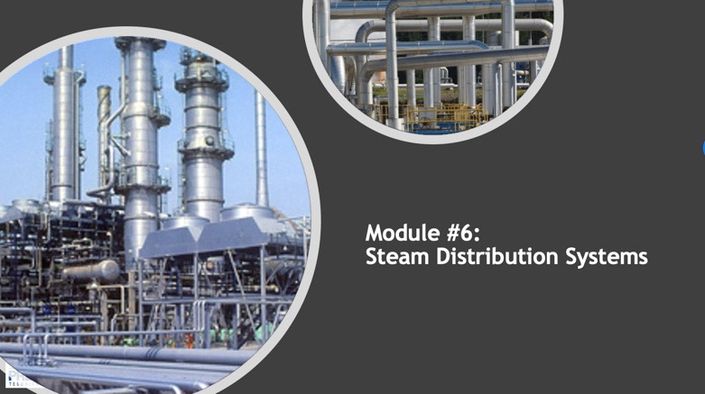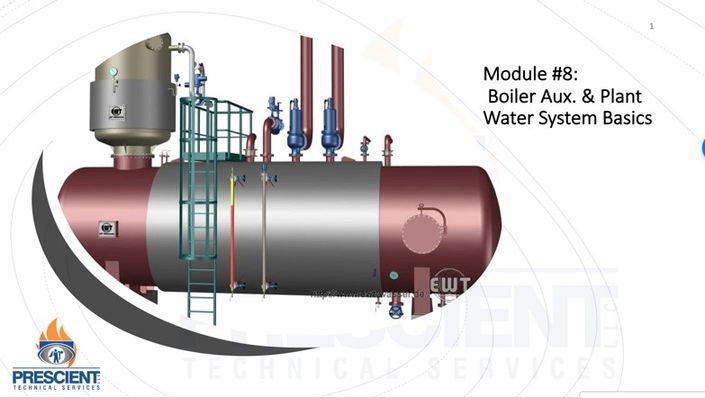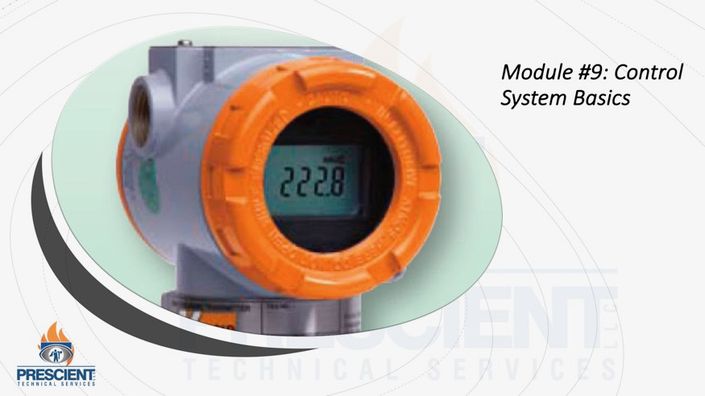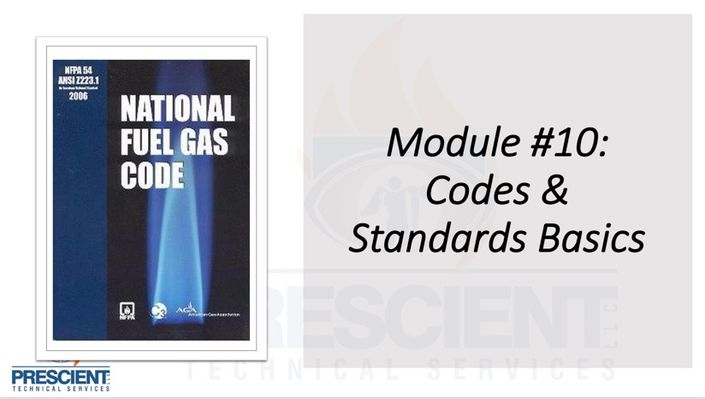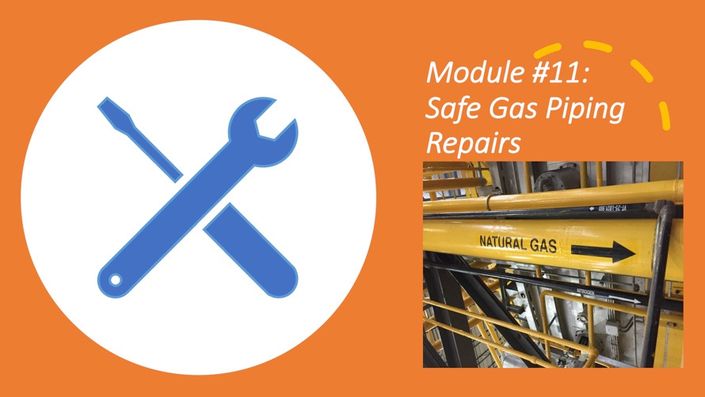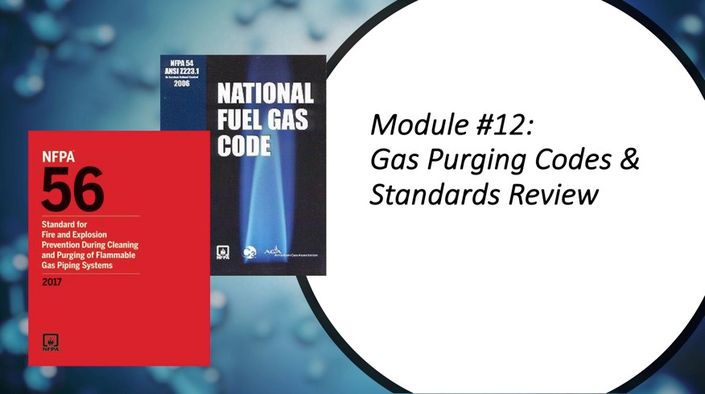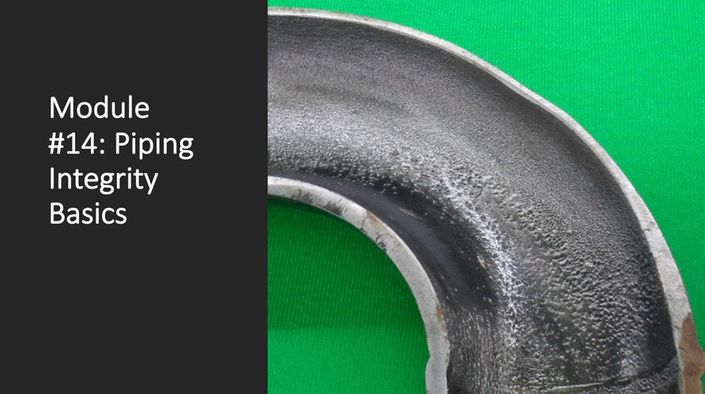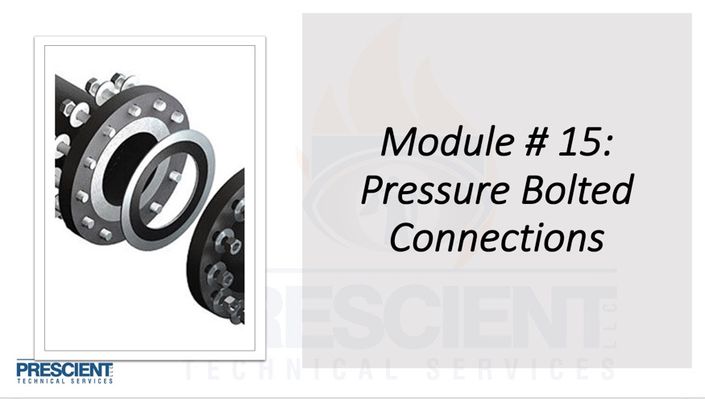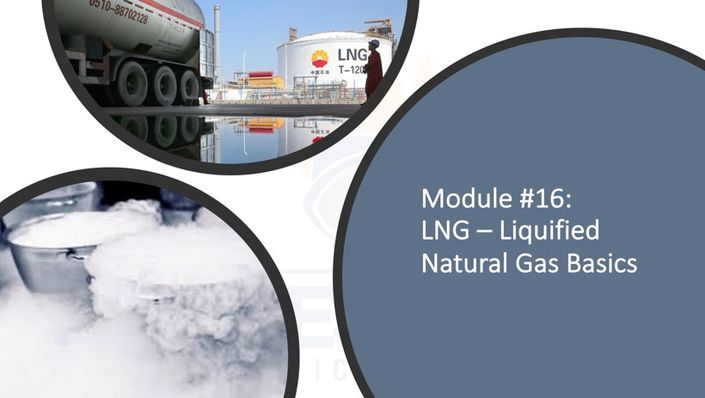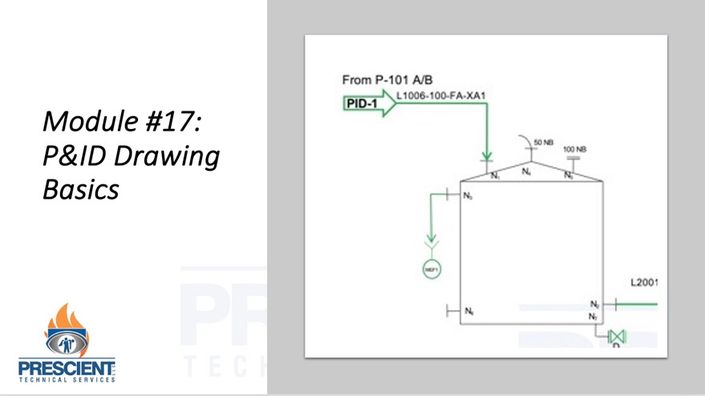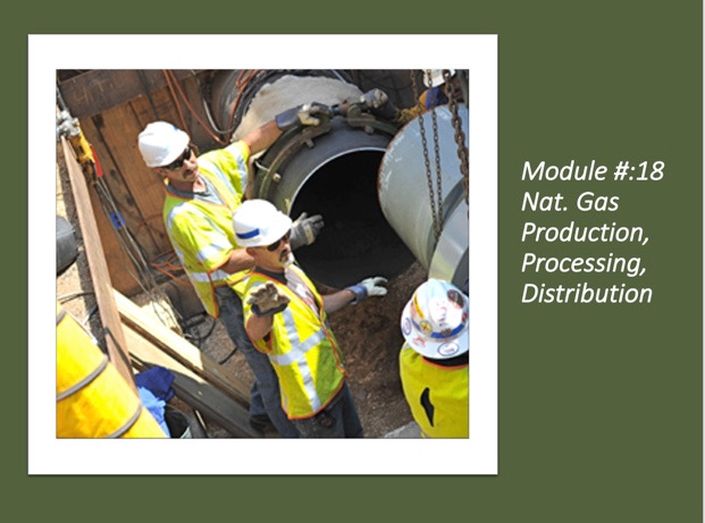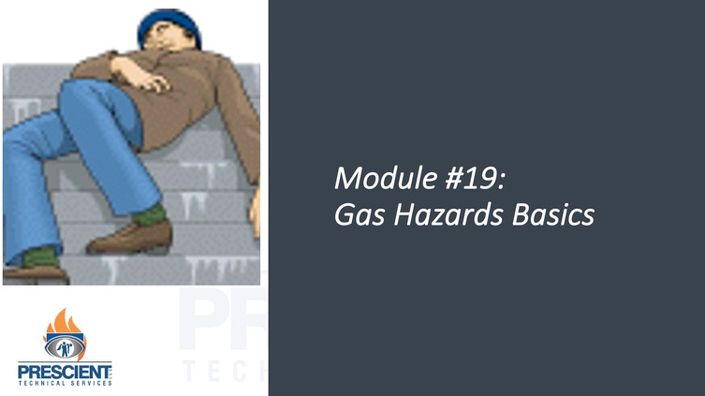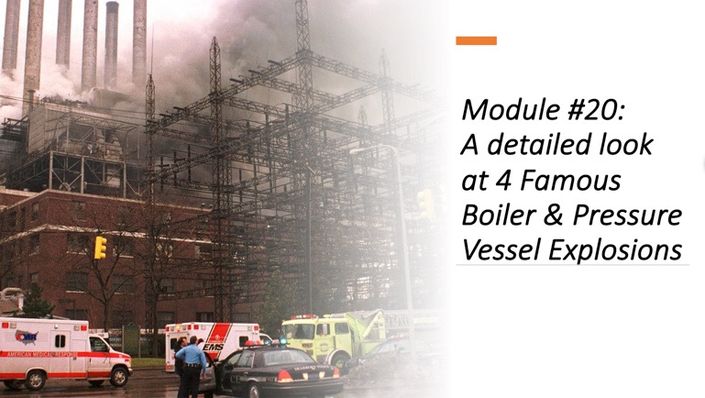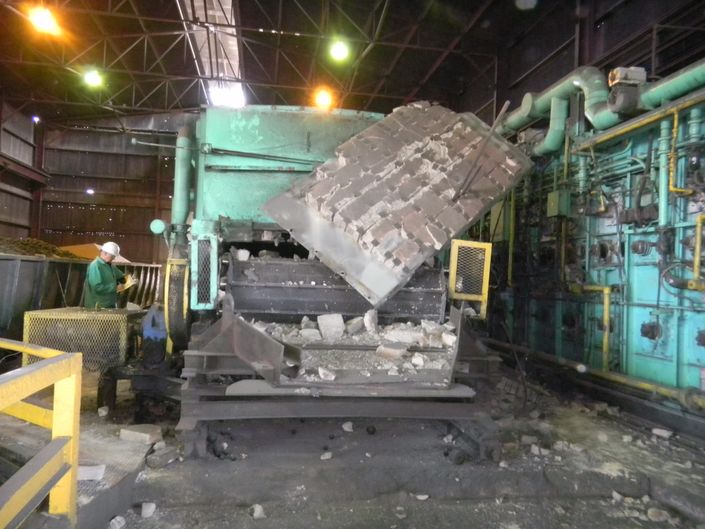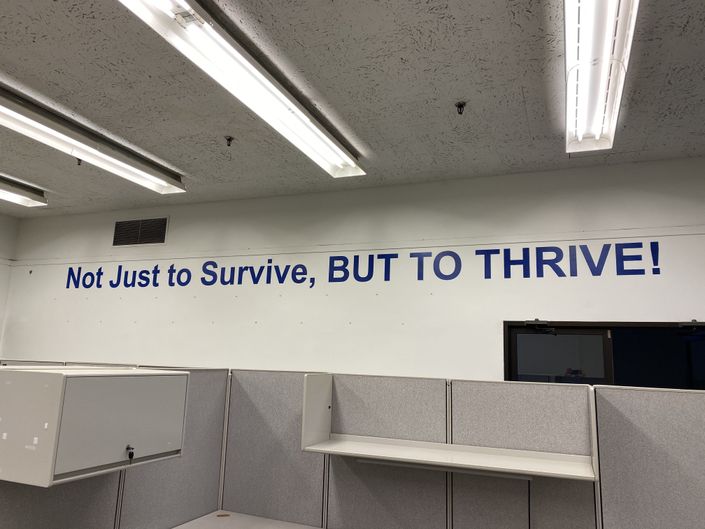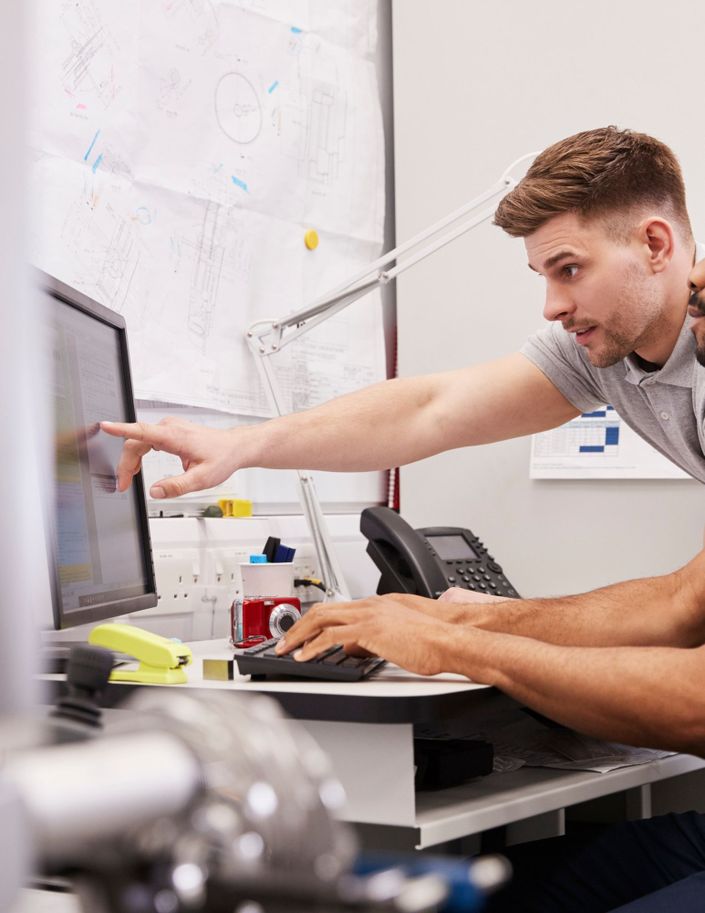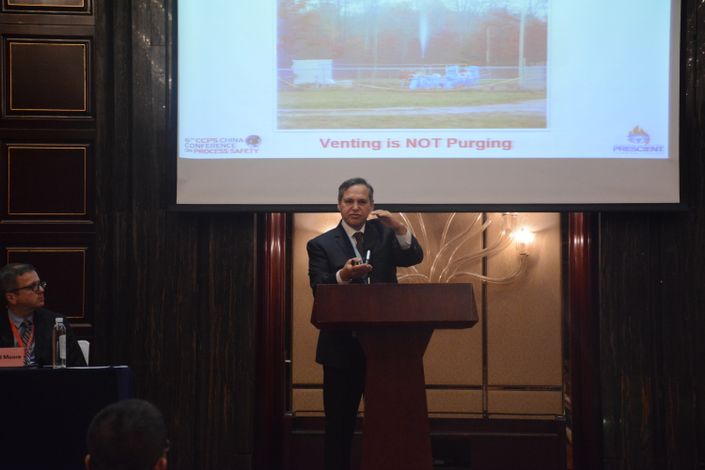
Simple and effective explanations from someone who has been at this for over 40 years, member of many NFPA committees, and has trained thousands all over the world. Money back guarantee, you will be pleased and see value!
20 Things You Will Learn
1. Basic process control cycle, what it is, how it works: input elements, logic solver, output elements, and process variable measurements.
2. What are open loop and closed loop control systems, how do they work, what about direct acting and reverse acting?
3. How does something actually get calibrated? What is the process, what tools are used.
4. Issues that can bad with instrument sensing lines and how instruments are installed.
5. Three (3) of the most common basic control algorithms and how they work, (on/off, proportional, and PID).
6. Description of control system parameters like loops, tuning loops, and dead band.
7. Description of types of logic solvers including SLP, single loop controllers, multi-loop controllers and PLC’s.
8. System architecture including DCS systems and how they may be configured and what they do.
9. Important issues about alarms on panel displays and references to alarm management standard and considerations for having safe and effective alarms.
10. Description of thermocouples, different types, how they are mounted, how to select the right one, mistakes and inaccuracies to watch for.
11. Transmitters, orifice plates, transducers, and flow measurement in piping systems.
12. Field output elements like actuators, relays, solenoids, and contact closures.
13. Different styles of actuators and important performance characteristics, (linear versus rotary).
14. Important control valve stem to seat characteristics for turndown and rangeability including globe, butterfly, and V-ported ball valve selections.
15. What characterizing a control valve means, (setting it up for opening percent versus flow).
16. Cv factors and how they are important in valve selection.
17. What proper set point and process variable control responses should look like and not look like.
18. Eight (8) very important things to go look for right now to make sure that actuators and linkages are performing properly.
19. Match marking linkages, (simple task), done with a marker in 5 minutes that can save lives.
20. Important installation considerations for steam gauges and other delicate components.
Example Curriculum - 43 Minutes of content, w/o quizzes
Practical Explanations of Very Basic Concepts
Here's an example explanation of control algorithms. This is just one example of the many core learnings offered in this module that would form the foundation for anyone operating or maintaining fired equipment and or boilers.


